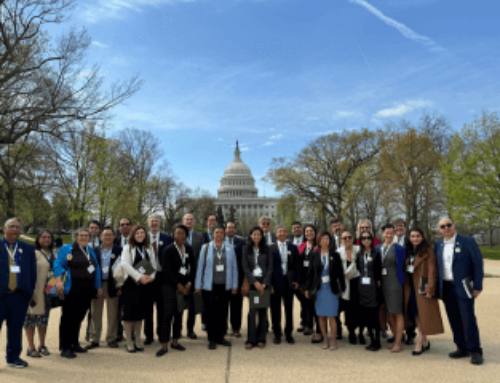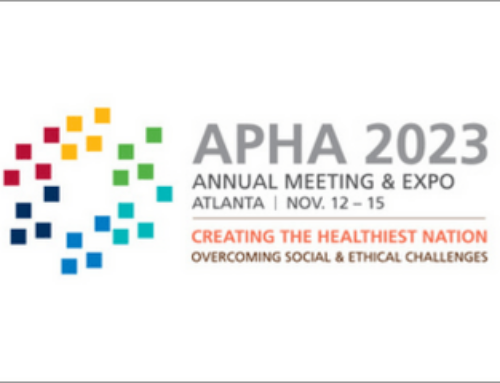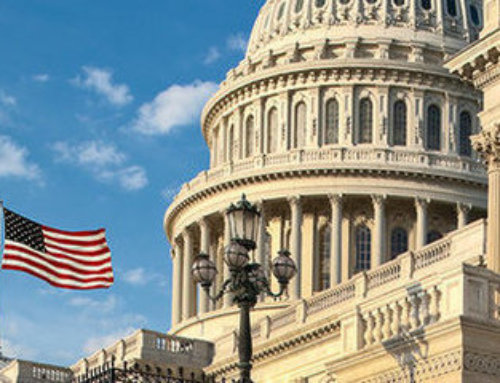Health care spending by privately insured individuals increased by 3.3 percent between 2009 and 2010. Spending has increased primarily because prices of services increased, according to a study by the Health Care Cost Institute. The findings are based on claims data from Aetna, Humana and UnitedHealthcare, which cover about 20 percent of residents with employer-sponsored health plans.
The study found large increases in prices for inpatient and outpatient hospital care – by 5.1 percent and 10.1 percent, respectively. Inpatient admissions declined by 3.3 percent and outpatient visits decreased by 3.1 percent.
The study also found:
- Health care expenditures increased fastest among those ages 18 and younger, by about 4.5 percent, while spending for U.S. residents ages 45 to 54 and 55 to 64 increased by 2.2 percent and 3.1 percent, respectively.
- The Northeast had the highest spending growth, at 4.3 percent, while the West had the lowest, at 2.7 percent.
- Costs for professional procedures, including doctor visits, lab tests and imaging, increased by 2.6 percent, while the average overall price increase for outpatient procedures was about 1.7 percent.
- Prescription drug costs increased by an average of 3 percent, as the average cost of generics fell but the price of brand-name medications increased significantly.








